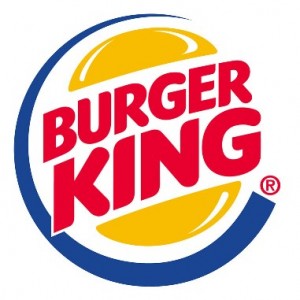Experience can be a valuable source of learning, whether it is from our own experiences or observing the decisions and actions of others. Two news stories I read last week, both about Burger King, reinforced one of the most important lessons a marketer can learn. I was somewhat surprised because BK has made its share of missteps in recent years and has fought to remain relevant in the quick service burger category. So what was the lesson? It was simple yet powerful: Listen. Listen to what others are saying about you as well as listen to what is going on in the world around you.
Chicken Fries, Please
The first example of Burger King being attuned to the market can be found in the story behind its re-introduction of chicken fries. The menu item was pulled in 2012, but customers have not forgotten it. Tactics such as a Change.org petition, a Facebook group, and Twitter account all paid tribute to chicken fries and advocated their return to the menu. BK listened and has brought back chicken fries… albeit for a “limited time.” It would be understandable if market analysis and other tools of the trade led to the decision to eliminate chicken fries. But, BK had irrefutable evidence iin the form of customers longing, whining, begging, or otherwise demanding to bring back a product they liked. BK listened, and chicken fries are on the menu again.
Be in the Moment
A second example of BK showing why it is important to listen occurred last Monday as news broke about the death of Robin Williams. What would a burger restaurant have to do with the unexpected passing of a beloved entertainer? BK was scheduled to run a promoted trends ad for chicken fries on Twitter Monday evening. However, the real time conversations for which Twitter is known would surely be all about Robin Williams (and they were). Ads for fast food would not mesh well with public sentiment at such a delicate time. BK executives astutely arranged to pull the Twitter promotion. There would be other days to promote chicken fries; the moment was not right. Marketers must live in the moment, knowing when to seize an opportunity (such as the “blackout” during the 2013 Super Bowl) and when to defer to more important matters in the lives of their customers.
Ready to Listen?
Listening is perhaps the undervalued secret weapon in a marketer’s arsenal. The importance of solid communication skills is a given, but the focus tends to be on sending messages, not receiving them. We glorify the masterful copywriter and are in awe of the salesperson who can seemingly sell ice to Eskimos. Listening does not have the glamour of writing or presenting, but commitment to listening and understanding the world around us is essential for communication (and marketing) success).

